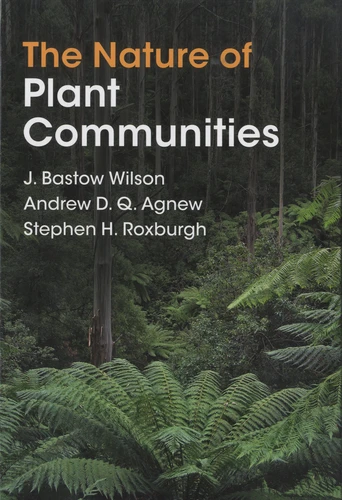The Nature of Plant Communities
Par : , ,Formats :
- Paiement en ligne :
- Livraison à domicile ou en point Mondial Relay indisponible
- Retrait Click and Collect en magasin gratuit
- Nombre de pages354
- PrésentationRelié
- FormatGrand Format
- Poids0.895 kg
- Dimensions18,0 cm × 25,5 cm × 2,2 cm
- ISBN978-1-108-48221-9
- EAN9781108482219
- Date de parution01/01/2019
- ÉditeurCambridge University Press
Résumé
Most people can readily identity a forest, or a grassland or a wetland - these are the simple labels we give different plant communities. The aim of this book is to move beyond such simple descriptions to investigate the "hidden" structure of vegetation, asking questions such as how do species in a community persist over time ? What prevents the strongest species from taking over ? And, are there rules that confer stability and produce repeatable patterns ? Answers to these questions are fundamental to community ecology and to the successful management of the world's varied ecosystems, many of which are currently under threat.
In addition to reviewing and synthesising our current knowledge of species' interactions and community assembly, this book also seeks to offer a different viewpoint - to challenge the reader, and to stimulate ecologists to think differently about plant communities and the processes that shape them.
In addition to reviewing and synthesising our current knowledge of species' interactions and community assembly, this book also seeks to offer a different viewpoint - to challenge the reader, and to stimulate ecologists to think differently about plant communities and the processes that shape them.
Most people can readily identity a forest, or a grassland or a wetland - these are the simple labels we give different plant communities. The aim of this book is to move beyond such simple descriptions to investigate the "hidden" structure of vegetation, asking questions such as how do species in a community persist over time ? What prevents the strongest species from taking over ? And, are there rules that confer stability and produce repeatable patterns ? Answers to these questions are fundamental to community ecology and to the successful management of the world's varied ecosystems, many of which are currently under threat.
In addition to reviewing and synthesising our current knowledge of species' interactions and community assembly, this book also seeks to offer a different viewpoint - to challenge the reader, and to stimulate ecologists to think differently about plant communities and the processes that shape them.
In addition to reviewing and synthesising our current knowledge of species' interactions and community assembly, this book also seeks to offer a different viewpoint - to challenge the reader, and to stimulate ecologists to think differently about plant communities and the processes that shape them.


